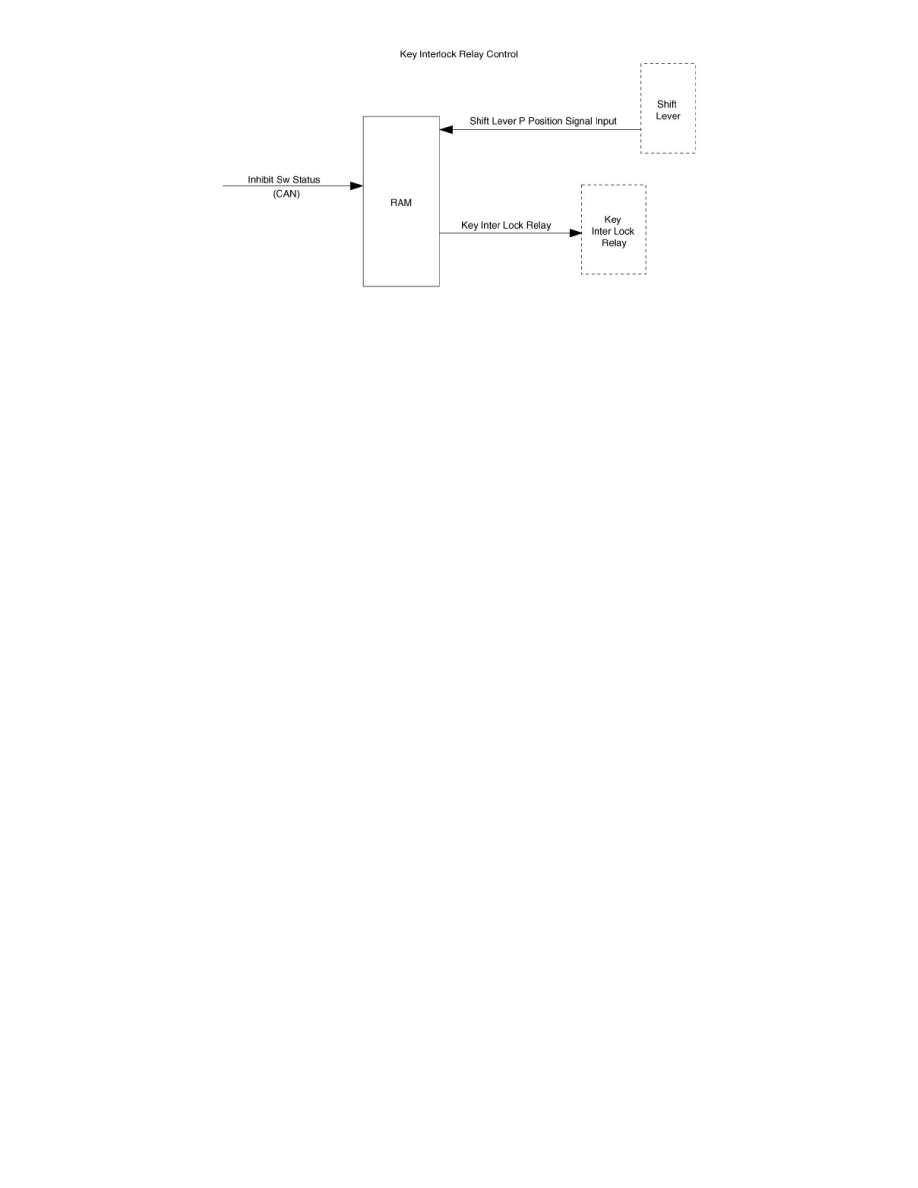Borrego 2WD V6-3.8L (2009)

Answers back
Description
Answers back give a visual and/or sound feedback to user's action. These actions are linked to lock / unlock action and the alarm status (if equipped).
Visual feedback is realized with the hazard turn indicators and the interior lighting, sound feedback with the horn sound.
IPM
Here are the different answers back with their description.
Description
Horn answer back sequence description
Horn lock sequence : Horn Relay Drive is set to ON for 50ms to activate the horn
Description
Hazard answer back sequence description
Hazard lock sequence : IPM sends the CAN signal Turn Indicator Ctrl with the value ALL_ON for 1s to switch on hazard lamps then ALL_OFF
Hazard unlock sequence : IPM sends the CAN signal Turn Indicator Ctrl with the sequence value ALL_ON / ALL_OFF during 2s to blink the hazard
lamps at 1Hz frequency (duty 50%) then ALL_OFF
Description
Hazard answer back sequence description, 2-Turn unlock.
If the time between the first UNLOCK and the second UNLOCK is less than hazard lamp flashing time (2s), the first hazard unlock sequence stops
immediately, turn signals are switched OFF (ALL_OFF) for 100ms then, the new sequence is started
If the time between the first UNLOCK and the second UNLOCK is more than hazard lamp flashing time (2s), IPM sends the CAN signal Turn Indicator
Ctrl with the sequence value ALL_ON / ALL_OFF during 2s to blink the hazard lamps at 1Hz frequency (duty 50%) for the first and the second
UNLOCK
Low Power Mode
Full Low Power Mode
Description
In normal mode, all modules and the CAN network are powered and running. All module functions are available; communication through the bus is
possible as well as communication with the SCAN tool.
Low power mode is a state in which the modules try to lower their power consumption as much as possible in order to save energy. Low power mode can
also be called "sleep mode". In this mode, CAN bus communication is not available and the ignition key position is OFF (Acc = OFF Ign1 = OFF and
Ign2 = OFF). In low power mode the normal features of the modules are not available. The modules have to switch to normal mode in order to perform
their functions. Thus, in low power mode, the modules periodically monitor changes on a given set of inputs in order to detect a user request and then
enter normal mode. Those monitored inputs are called "Wake Up" inputs.
Full low power is the lowest power consumption state in which all the modules inputs and outputs as well as the modules themselves are in their lowest
power consumption state. This implies that none of the equipments controlled by the modules are active, i.e., they do not consume energy. For example,
in full low power mode, keyhole illumination must be off. All power consumption measurements in low power mode are made in full low power mode.
Low power mode is entered to save energy when the car is not running. This implies that low power mode can only be entered when ignition key is in
OFF position. In low power mode, the software is not running, hence all the modules features must be in a stable inactive state for low power mode to be
entered. The exact conditions for allowing a module to enter low power mode depending on each function are described in requirements.
In order to enter low power mode, the K line transceiver must be powered down. This means that low power mode cannot be entered while the SCAN
